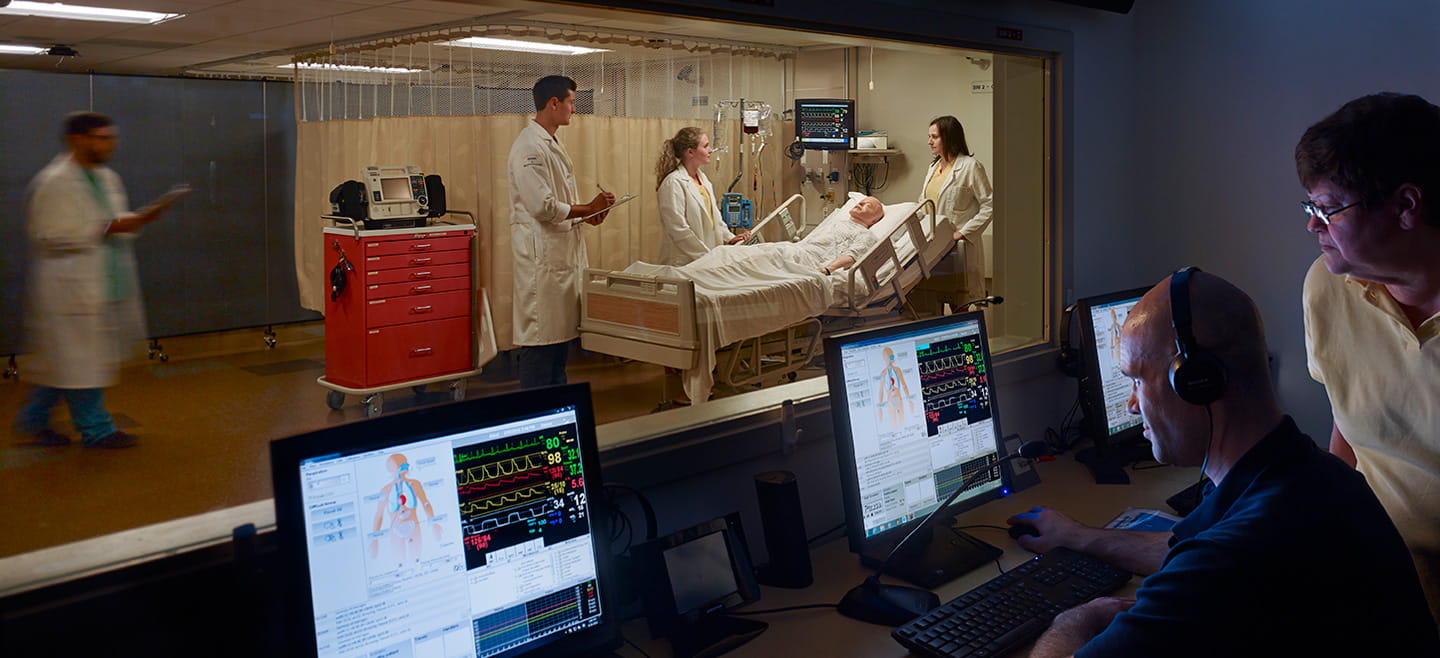Next Level Learning Tour
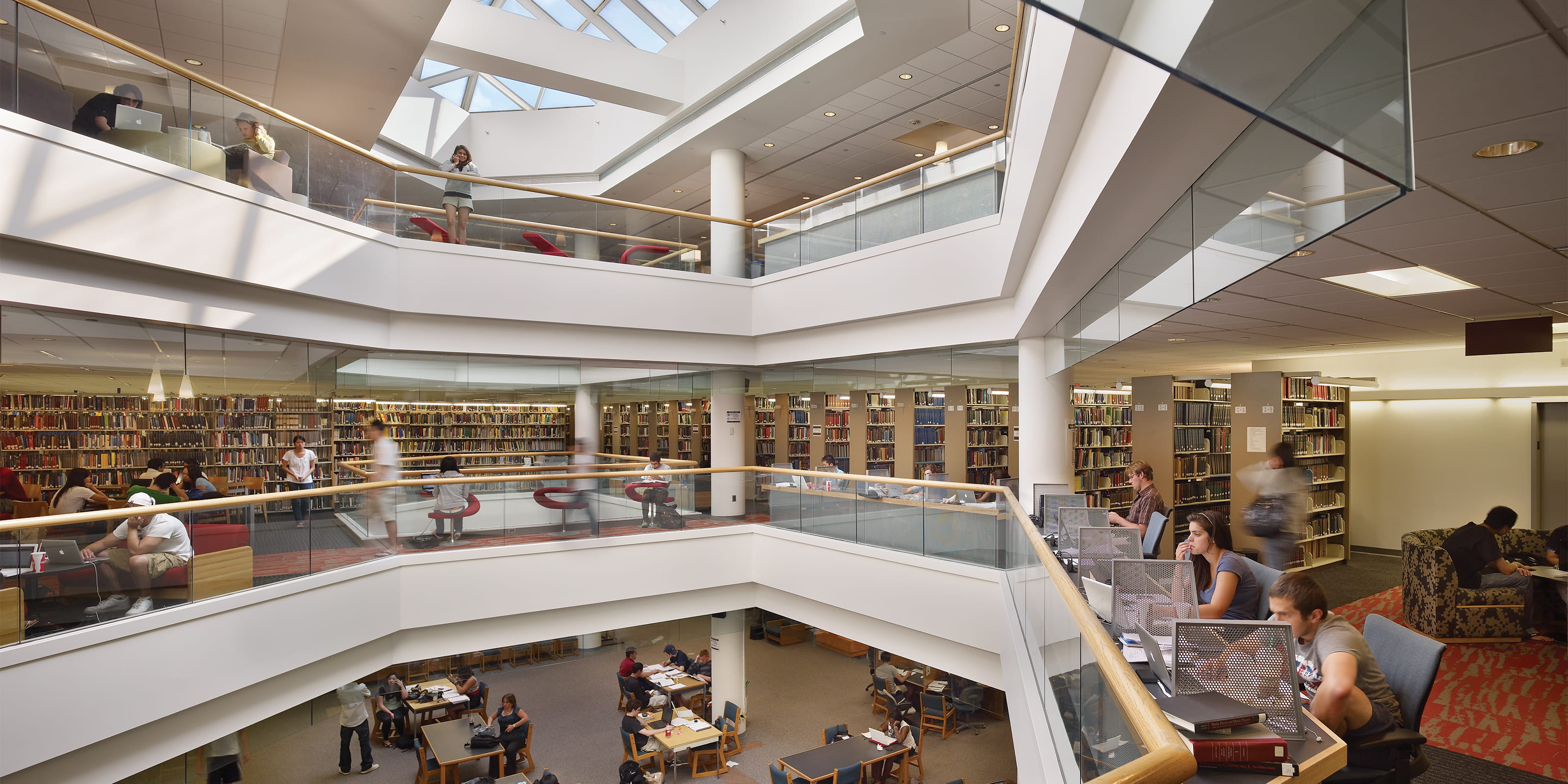
Since 1891, Drexel has offered academic experiences to its students that prepare them for the future. Drexel is known for a different approach to learning, and our traditional study and learning spaces are made for today’s college student.
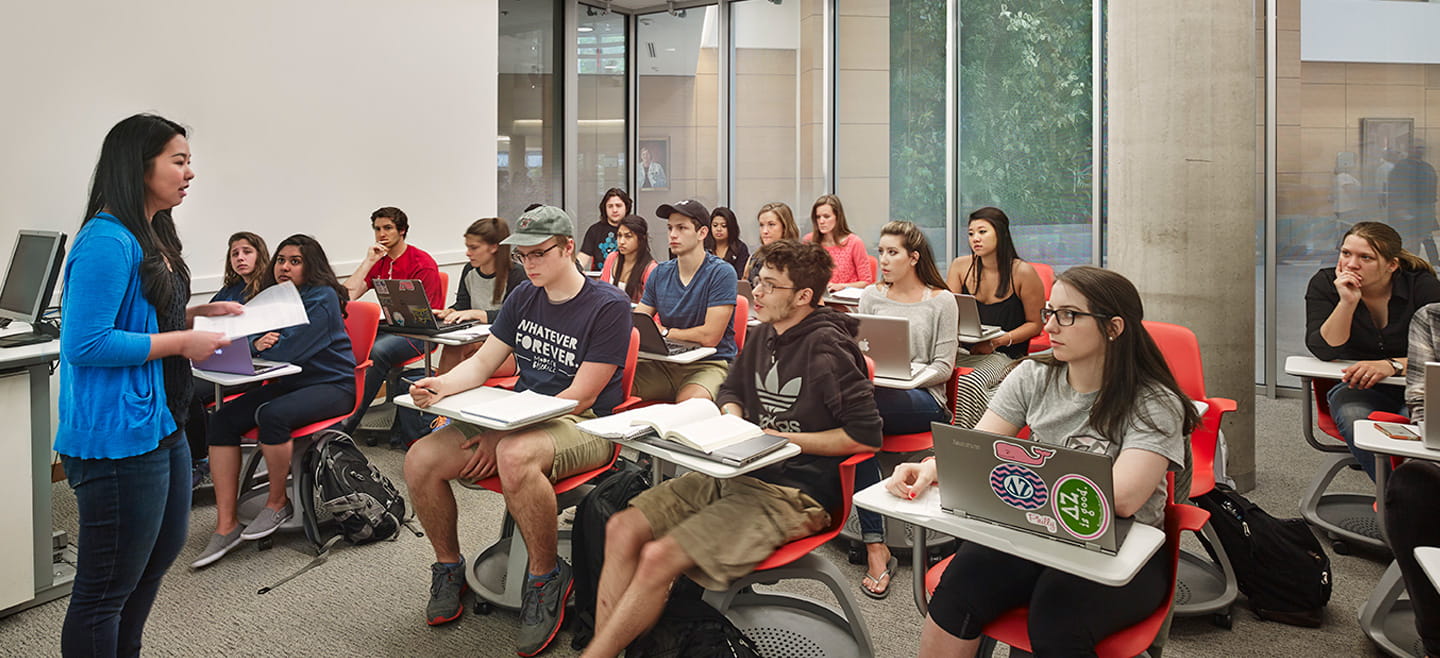
1. Traditional Classroom
While Drexel is a large university, our courses are designed for more interaction between students and professors. Whether it’s a traditional lecture hall or small classes, no question goes unanswered. The average class size is 19, allowing for a better classroom experience. Our student to faculty ratio is 11:1, and professors and academic advisors are more than just teachers; they’re mentors who help students throughout their time at Drexel.
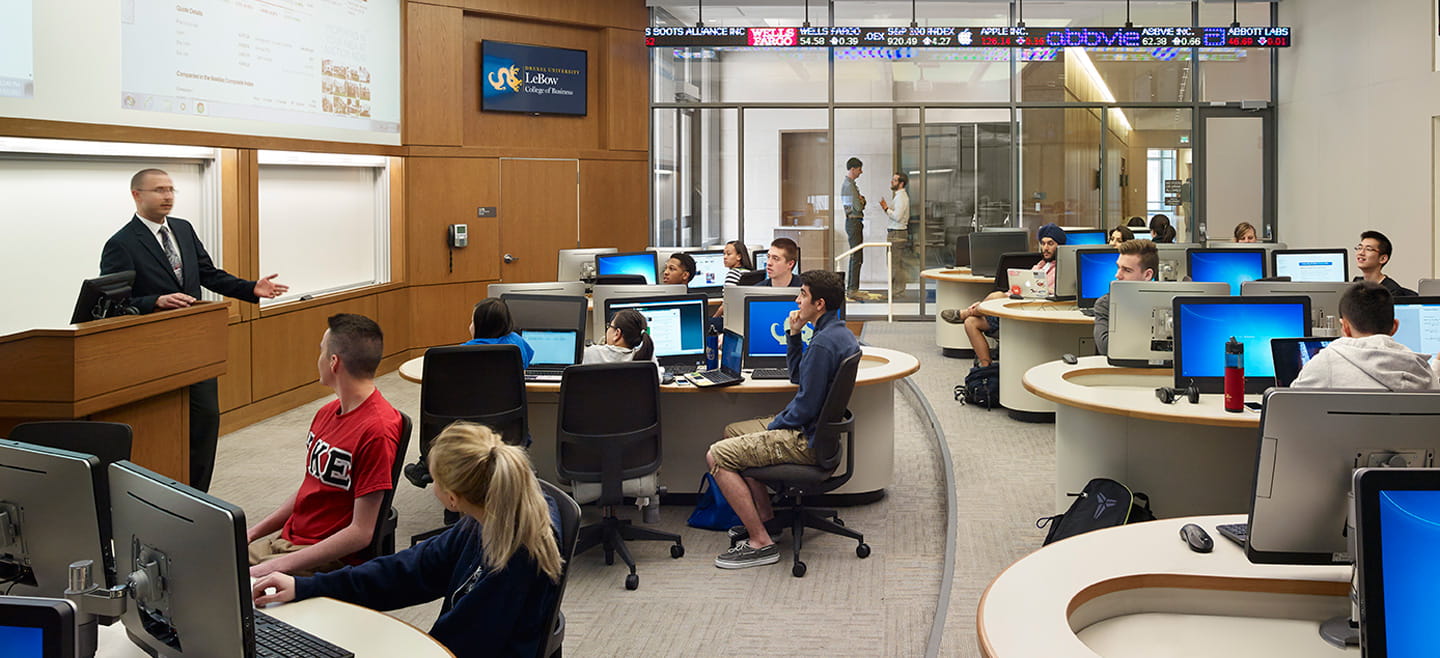
2. Bloomberg Terminal Room
Our Trading Lab has 42 computers that have cutting-edge, industry-standard software. Students have access to financial news and research technology they’ll encounter after graduation. This is also home to the Dragon Fund, a student-managed equity portfolio of over $1 million.
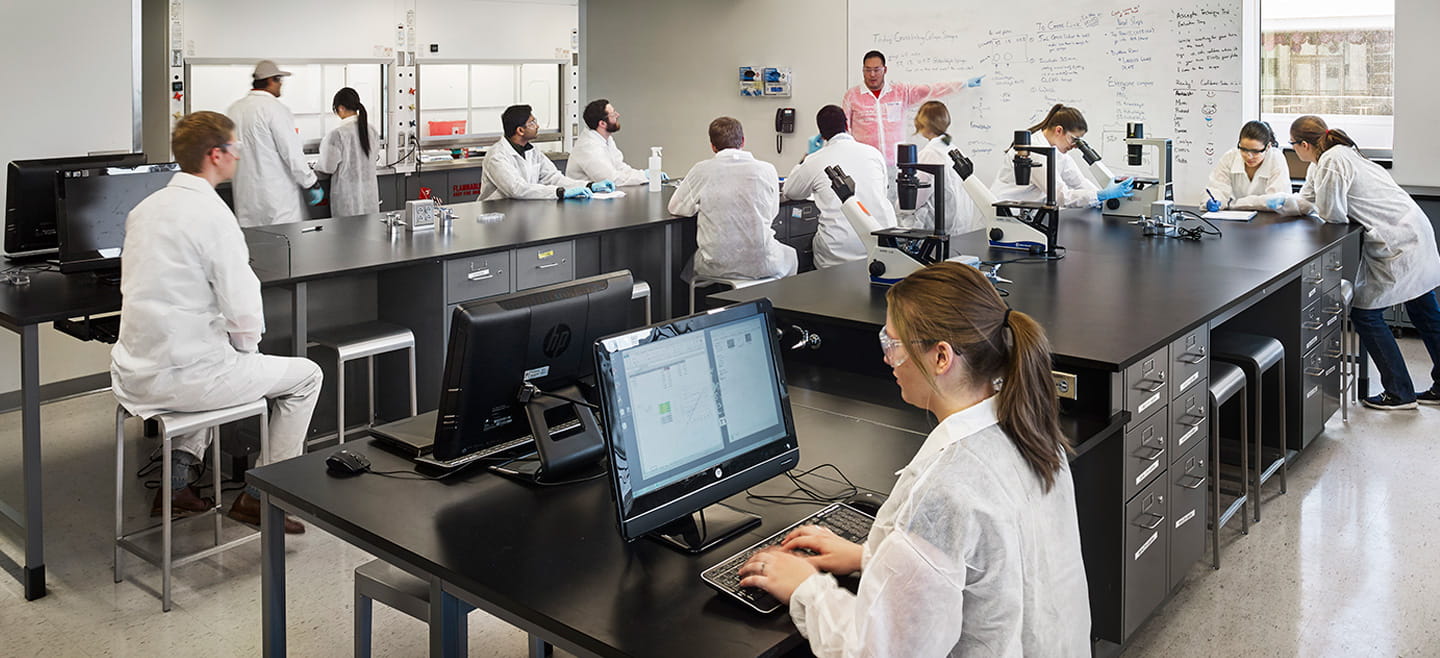
3. Papadakis Integrated Sciences Building Teaching Lab
When you walk through our hallways, each classroom looks a little bit different. For those taking science courses, the Papadakis Integrated Sciences Building is home. From lecture halls to teaching labs, students work on their own research and alongside professors.
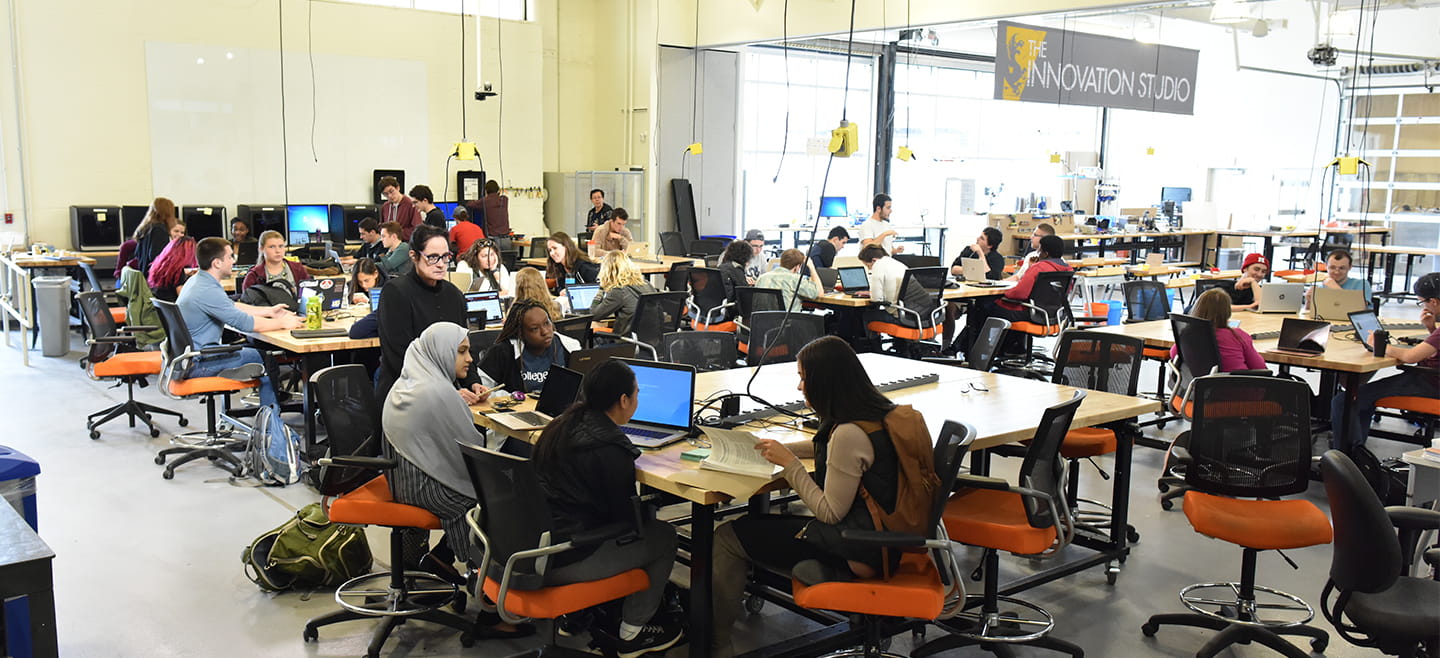
4. The Innovation Studio
The College of Engineering’s Innovation Studio at Drexel brings students from all disciplines together in a shared flow through space to collaborate on projects and transition their ideas into reality. In addition to the machine shop, which contains heavy machinery for advanced manufacturing of metal parts, there are woodworking equipment and 3D printers for students to work together and transform an idea into a fabricated, finished, and marketable product. This studio offers our faculty a different way to teach and our students a unique way of learning — by doing and creating.
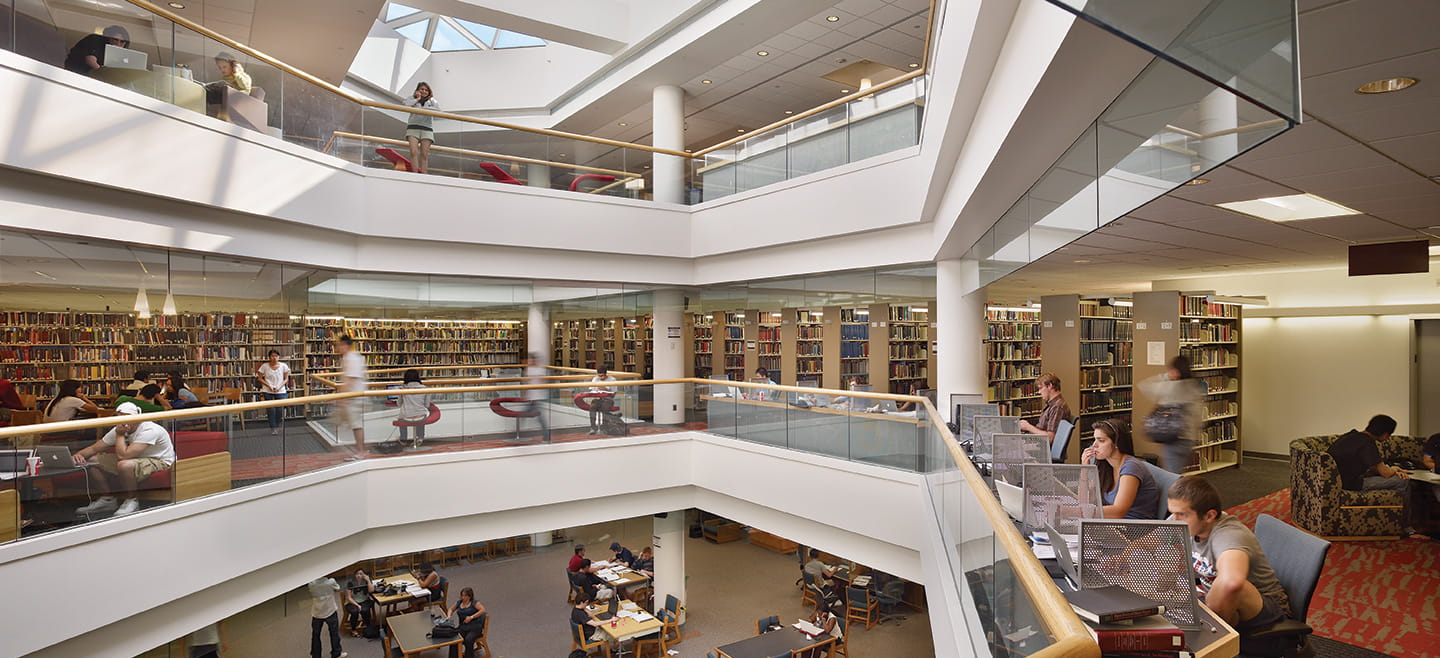
5. Libraries
Since Drexel’s founding in 1891, we’ve had a library; in our first year, the library had nearly 8,000 volumes. Over the decades, a lot has changed. In addition to a different location, our collection of resources has grown immensely. Today Drexel has multiple libraries — four physical locations and a dynamic online presence. Students have access to over two million items and the assistance of 42 full-time employees.
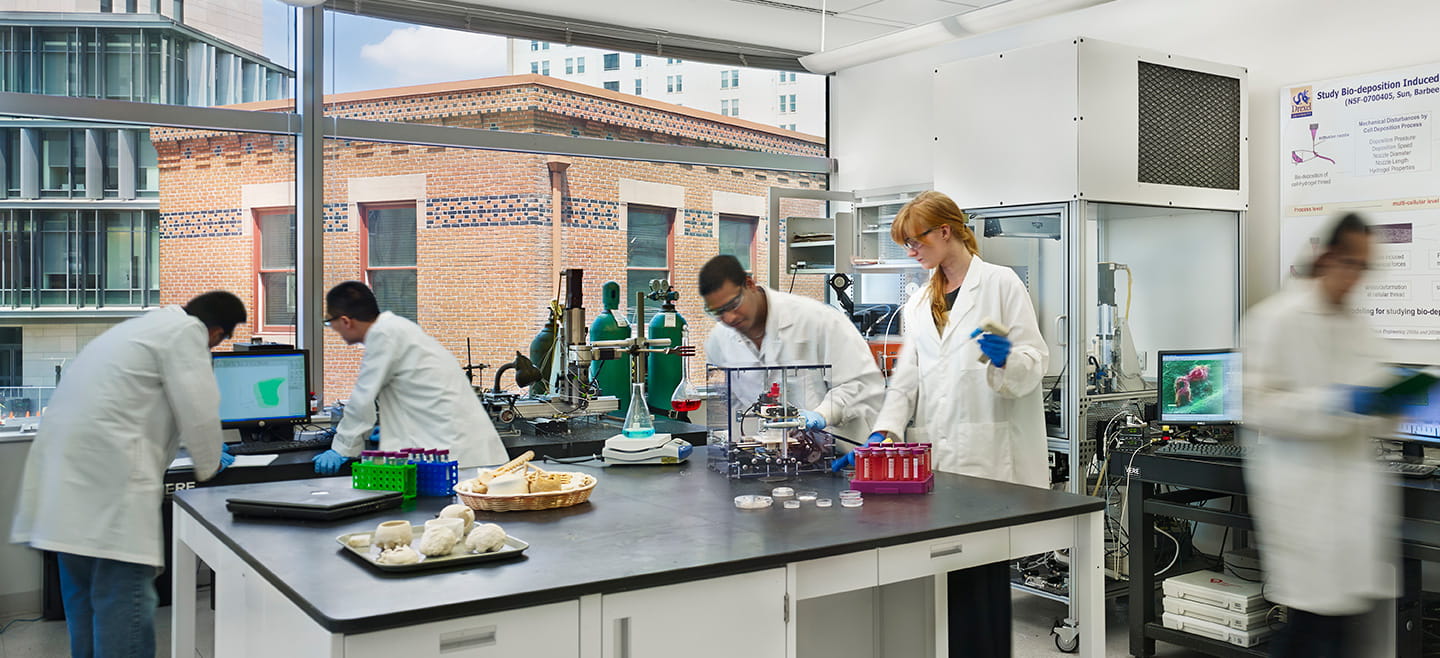
6. 3D Printing Lab
Drexel has multiple 3D printing labs. From engineering to product design, Drexel professors incorporate the use of 3D printers as a part of the curriculum. The uses of a 3D printer are limitless. Thus far, Drexel’s 3D printers have been used to produce models of cancer cells, bones of the dinosaur Dreadnoughtus schrani, brand-new inventions created by Drexel students, and more.
